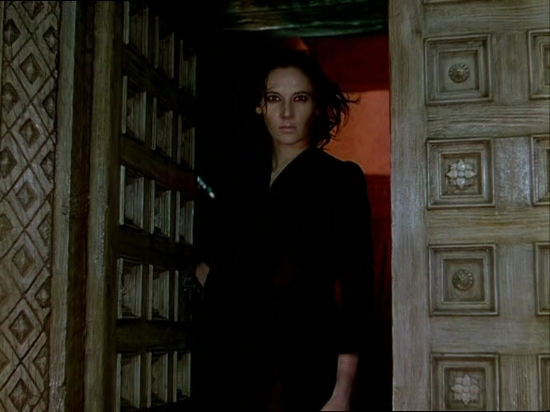Do We Know Too Much and Understand Too Little? What Einstein Might Have Told Us about the Quest for Truth
‘It’s like riding on the subway. I know where I get on and where I get off. While I’m travelling I don’t know where the hell I am.’
I recently attended a production of ‘Insignificance,’ an excellent 1982 play written by Terry Johnson (which in 1985 was turned into an equally splendid film by director Nicolas Roeg).
Set in 1954 New York, ‘Insignificance’ imagines a series of encounters between Albert Einstein, Marilyn Monroe, Joe DiMaggio and Senator Joe McCarthy. It’s a funny, intelligent, disturbing work that asks the audience to think about fame, identity, misogyny, time and nuclear war.
‘Do you ever get the feeling it might be later than you think?’
Running through the play is a debate about knowledge and understanding. Monroe is in awe of Einstein because he knows so much. But Einstein is at pains to point out that knowledge is over-rated – understanding should be the objective.
‘Knowledge is not truth. It’s just mindless agreement. You agree with me. I agree with someone else - we all have knowledge... You can never understand anything by agreeing, by making definitions. Only by turning over the possibilities. That’s called thinking. If I say ‘I know,’ I stop thinking. As long as I keep thinking I come to understand. That way, I might approach some truth.’
Einstein goes on gently to chide Monroe:
‘You know too much and understand too little.’
I couldn’t help thinking of our own modern malaise. In the internet age infinite knowledge is accessible at the touch of a keyboard. And yet we seem in an endless quest for the latest news, the killer fact, the inside story. What we seek to know seems so temporary and transient. Have you heard? Have you read? Have you seen?
In business we similarly pride ourselves on using the most fashionable phrases, the coolest case studies, the most notable names. We congregate around the same theories, flock to the same theses, patronise the same platforms.
How often do we pause properly to understand what we’re talking about? How often do we question our own assumptions? How much do we ‘turn over the alternative possibilities in our minds’?
You have to wonder if this is knowledge at all. Or is it just conventional wisdom, complacent consensus, ‘mindless agreement’?
It’s said that the poet Samuel Taylor Coleridge, who died in 1834, was the last person to read every book ever published. After that it became an impossible endeavour. But perhaps the quest for total knowledge was always somewhat futile.
In ‘Insignificance’ Einstein is parted from his only copy of the calculus that he has been working on for some years. Monroe is concerned. But Einstein seems pretty relaxed. He explains that in his working method, the process of writing the calculus internalises it. He doesn’t need the copy. Through thinking he understands, and through understanding he approaches truth.
‘I have finished my work four times. Each time I have destroyed the calculus and started over.’
This year I have resolved to spend less time seeking to know, and more time seeking to understand.
Happy New Year!
No. 162














